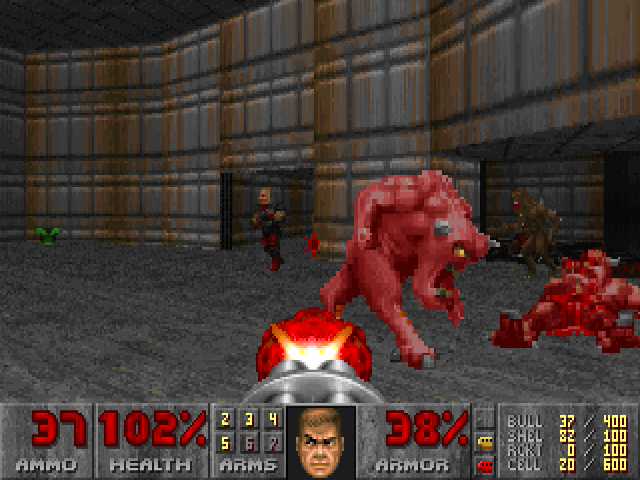
In order to get accelerate video through to the Pi TFT, you need to use fbcp. This will allow for the current frame to be written to the TFT screen so the game can be played. Next up is sorting out the framebuffer copy – the instructions here.

The instructions here also help out with the sources and GPG keys. Then the instructions for Moonlight installation are here – at the sources.list point I added in the ‘buster’ version to ensure to get the newest version. Then you want to ensure that the Pi is set to boot and auto-login to desktop. Next up was getting the PiTFT setup again, can follow the instructions here. So pretty limited but I’m all out of buttons at this point.

This will allow mouse movement for aiming with the d-pad, mouse clicks with A/B, forward with Start and Select is for jumping. Python buttons_doome.py python buttons_doome.py So I did a standard install using PiBakery then whacked on the script from my GitHub for the input controls (the ‘buttons_doome.py’ file). You will also need a gaming PC with an nVidia graphics card in with Geforce Experience installed. With the release of the (awesome) Doom Eternal I thought it was time to try and play this on that same hardware for a bit of fun.Įssentially go here and follow the steps if you want to try and build this one for yourself. So of course it’s not really a GBC playing Doom Eternal it’s my Gameboy Raspberry Pi that I made way back in 2017 using Moonlight to stream from my gaming PC to the Raspberry Pi within the GBC shell.


 0 kommentar(er)
0 kommentar(er)
